Fata Morgana
OFFSHORE NEW HARBOR CAMP, ANTARCTICA– Fata Morgana. This Italian expression rolls nicely off the tongue, but what do these foreign and wonderful words mean? What is the origin of this ghostly term? How does this phenomenon manifest itself in nature?
A beauty to behold and a commonly photographed landmark in McMurdo Sound is the volcanically active Mount Erebus. Standing taller than Mount Bird and Mount Terror, which all together make up Ross Island, its telltale plume of smoke and recognizable shape loom over the surrounding icescape. Yet there is something not quite right about this photo, something strange happening toward the bottom.
A Fata Morgana, in short, is an optical illusion, a mirage. It occurs from an atmospheric temperature inversion when warmer air rests above cooler air closer to the ground. Fata Morgana is a very complex mirage showing inverted and upright images with alternations of compressed and stretched regions. During calmer conditions, the stable interface between these air masses can act like a refracting lens. When light passes from one transparent medium to another, in this case two different masses of air, it changes speed and bends. If you have ever put a straw in a glass of water you’ve likely noticed this before; the straw seems disconnected from itself above and below the water surface.
The Italian term originates from Morgan le Fay, a powerful sorceress in the King Arthur legend. She is associated with boats that fly over the sea, never to reach the shore, and the golden castles that float above the Straits of Messina. In folklore, The Flying Dutchman is a ghost ship doomed to sail the oceans for ever, never to return home. It is often seen from far away and sometimes can be shrouded in a glowing ghostly light.
On many mornings toward the middle of November, there were very pronounced mirages. Shapes of nearby icebergs, mountains, and islands became distorted. Surface features of the sea ice stood up into the air, grossly out of proportion to their normal size. But the most unsettling of all these false images was when the eye perceived open water in the not-too-distant area.
Open water could mean only one thing around here: the sea ice was breaking out, a sure sign that summer had reached the White Continent. Waking up one morning and stepping out of my Scott Tent, I gazed toward the north, toward what appeared to be open water. If this water got any closer, I thought, we’d surely have to pack up our camp as quickly as we possibly could. I hadn’t looked at the satellite images of our area lately, so I wasn’t sure just how far away the sea ice edge was from camp. But with no sea ice to support our camp and activities, we’d no longer be floating above McMurdo Sound I reasoned; we’d be forced to retreat to terra firma or to swim the frigid waters. Once the coffee kicked in from breakfast and my widening eyes pushed the sleep aside toward a new day, I realized that my eyes had been tricked by one of Mother Nature’s mighty optical illusions. I had seen a Fata Morgana, one a little too real.


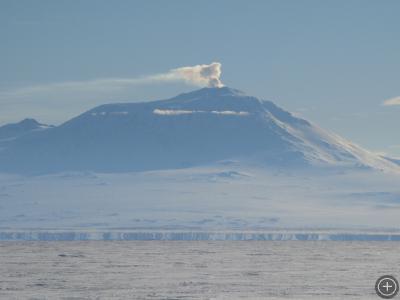
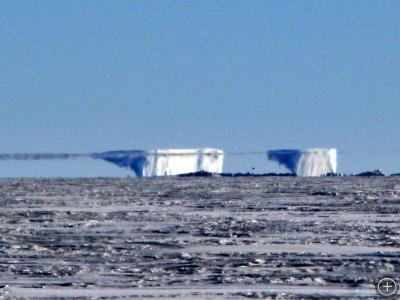
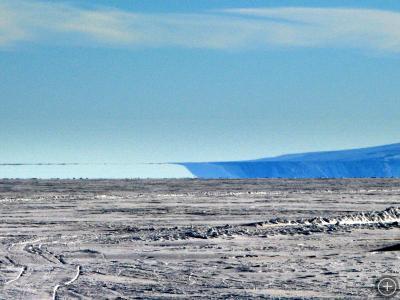
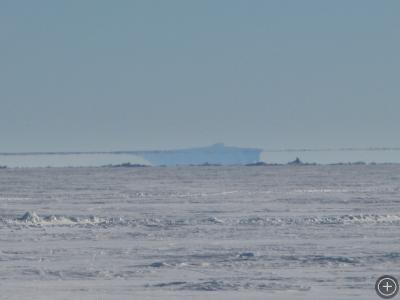
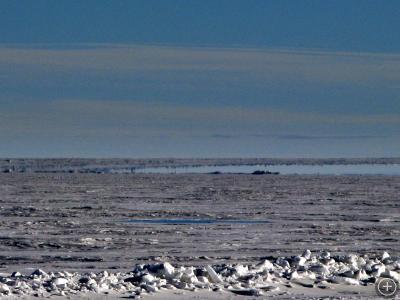









Howie, Thanks for putting together all your pictures and write ups throughout the whole trip. I have enjoyed keeping up with team and their work. My nephew is Brian. To me its a place you hear about but don’t pay much attention to, now that I have followed the expedition, it makes me want to learn more about Antarctica. Keep up the good work, I look forward to reading more.
Thanks for some good images of fata morgana. Although I live in Alaska and get to see it occur frequently, I forget to have a camera along to show my physics class what they’ll see.